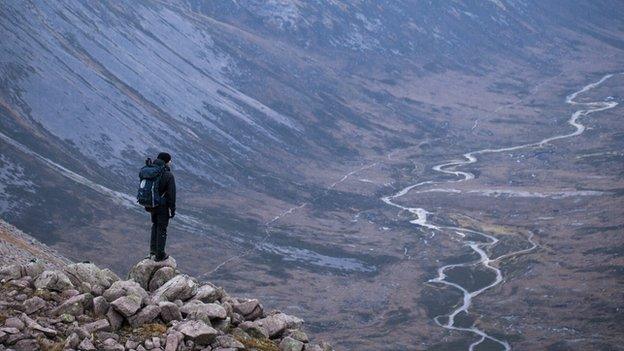Novelist and poet Nan Shepherd to appear on RBS £5 note
- Published
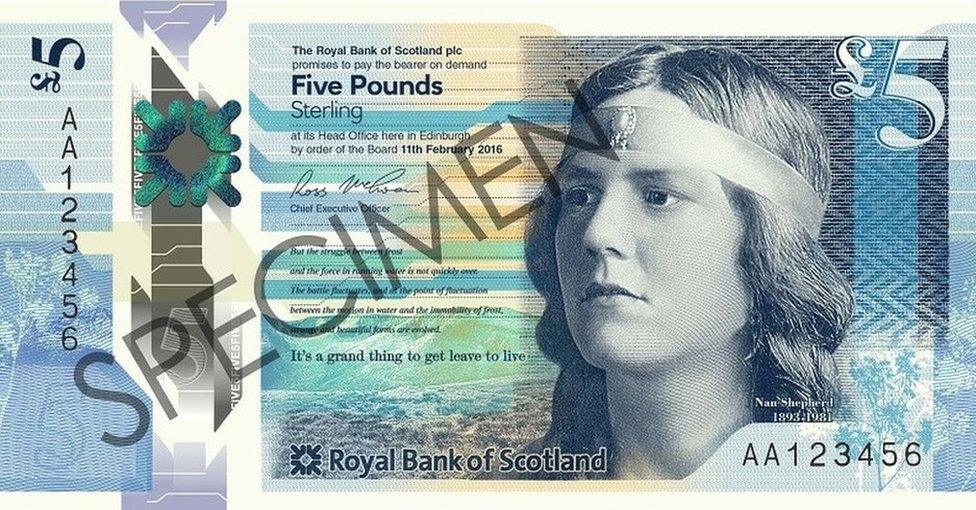
Aberdeen-born Nan Shepherd wrote several novels as well as poetry
Scottish novelist and poet Nan Shepherd will feature on the Royal Bank of Scotland's new £5 note when it comes into circulation later this year.
The announcement came as the bank unveiled the designs for its new £5 and £10 polymer notes.
Scientist Mary Somerville had already been selected for the £10 note, which is due to enter into circulation next year.
They will be the first women to appear on the bank's main issue notes.
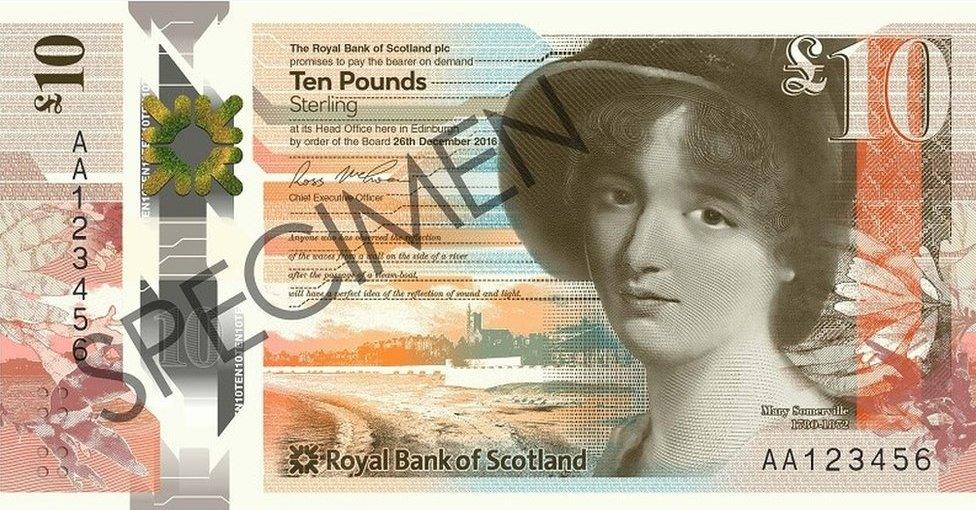
The £10 note will feature Scottish scientist Mary Somerville
The decision to feature Aberdeen-born Ms Shepherd, who died in 1981, was taken by the RBS Scotland board.
Ms Somerville had already been chosen by the bank, despite finishing second to Thomas Telford in a public vote.

Who was Nan Shepherd?
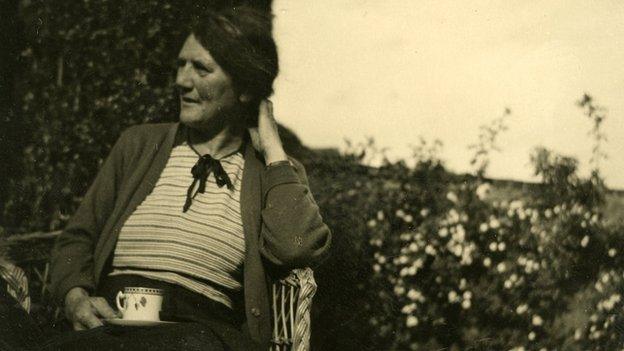
Nan Shepherd spent many years at Aberdeen College of Education
Nan Shepherd was born in the village of Cults on the outskirts of Aberdeen.
In 1915, she graduated from Aberdeen University and spent the next four decades at Aberdeen College of Education, where she taught teachers how to teach.
Between 1920 and 1933, she published three novels set in small rural communities in north east Scotland.
The Scottish landscape and weather featured prominently in her novels and poetry.
She also wrote a non-fiction book on hillwalking - the Living Mountain - based on her experiences of walking in the Cairngorms.

The reverse of the £5 note features two mackerel, the Scottish fishing industry's single most valuable stock, as well as an excerpt from Sorley MacLean's poem The Choice.
Behind the portrait sits a picture of the Cairngorms, which she celebrated in her writing, as well as a quote from her book The Living Mountain.
The £10 note shows two otters at play on the reverse and an excerpt from the poem 'Moorings' by Norman MacCaig.
Burntisland Beach, where Mary Somerville lived as a child, features behind the portrait, along with a quote from her work The Connection of the Physical Sciences.
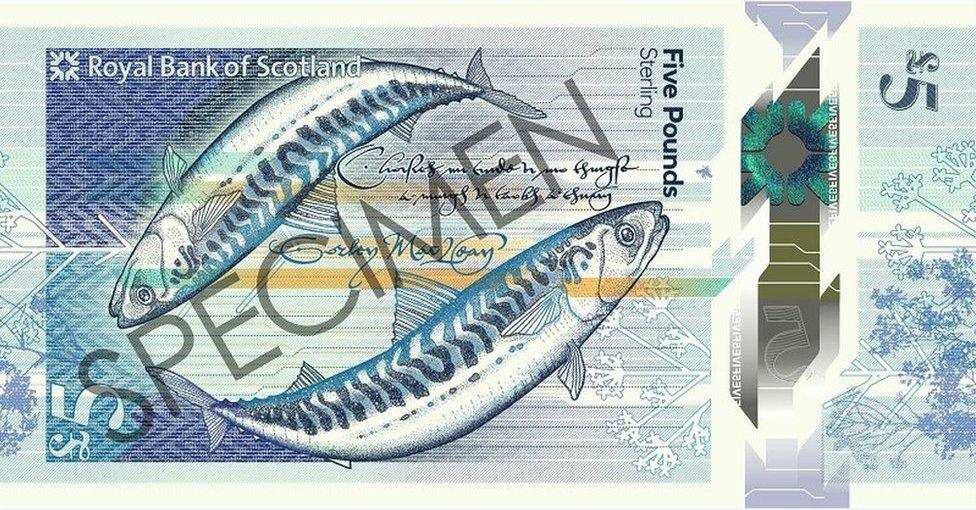
The reverse of the £5 note features two mackerel and an excerpt from a poem by Sorley MacLean
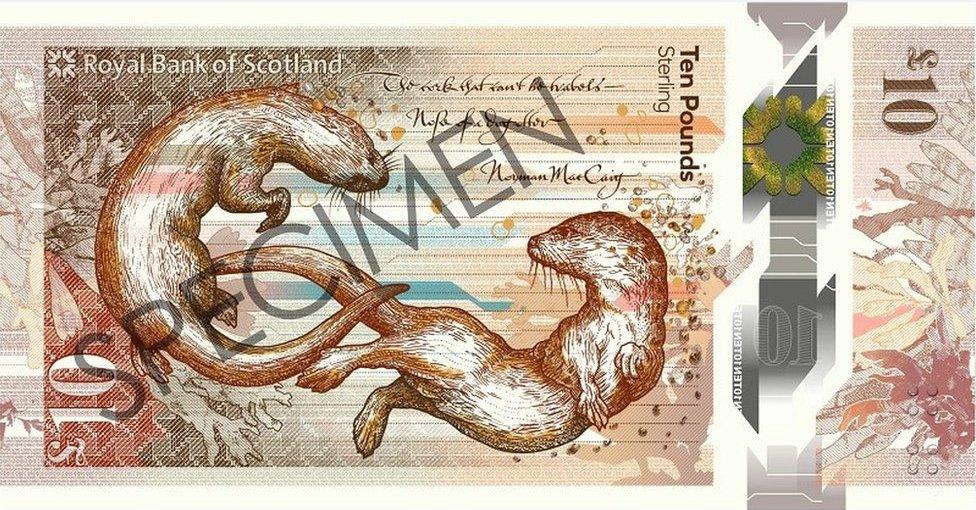
Two otters appear on the reverse of the new RBS £10 note, along with an excerpt from a poem by Norman MacCaig
RBS Scotland board chairman Malcolm Buchanan said: "I am delighted that we have been able to involve the public throughout this process; from the workshops and surveys that helped to decide on the theme, right through to the public vote that resulted in Mary Somerville being chosen to feature on the £10 note.
"People in Scotland will be using this money every day and it is quite right that they got to play an important role in designing it. This truly is the people's money.
"The Royal Bank of Scotland has never before featured a woman on its main issue bank notes.
"It gives me enormous pleasure that we are able to celebrate the fantastic, and often overlooked, achievements of two great Scottish women. Both made huge contributions in their respective fields."
'Blazingly brilliant'
Robert Macfarlane, writer and Fellow of Emmanuel College, Cambridge, welcomed the choice of Ms Shepherd for the £5 note.
He said: "It is thrilling to see Nan Shepherd celebrated and commemorated in this way.
"Nan was a blazingly brilliant writer, a true original whose novels, poems and non-fiction broke new ground in Scottish literature, and her influence lives on powerfully today."
Ms Shepherd and Ms Somerville are the latest women to feature on main issue bank notes.
Last month the US Treasury announced that anti-slavery activist Harriet Tubman would be the first woman to appear on a US bank note for more than a century.
Ms Tubman, who was born a slave in about 1820 and helped hundreds of others escape, will feature on the new $20 bill.
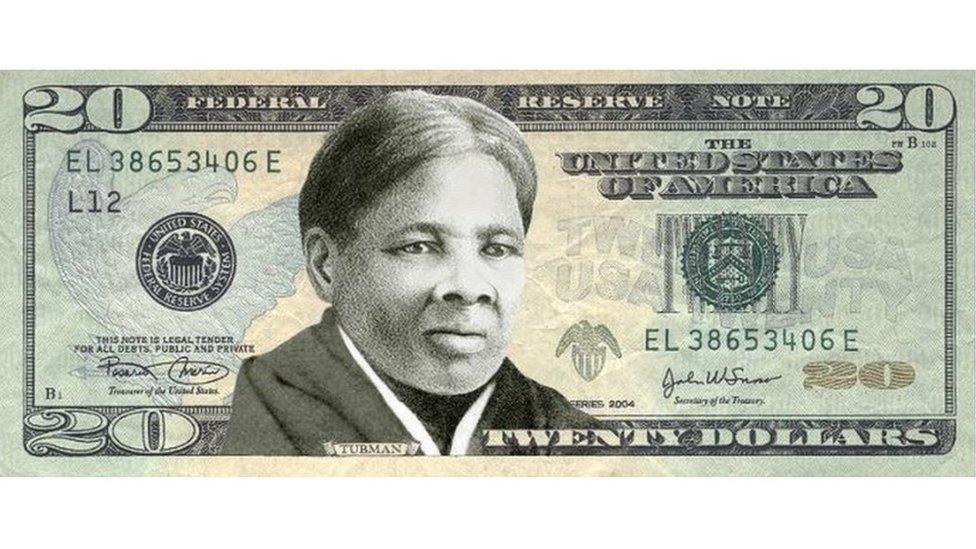
Harriet Tubman is due to feature on the $20 note
On Friday, the Bank of England revealed that artist JMW Turner and his painting The Fighting Temeraire will feature on the new design of its £20 note, to enter circulation in 2020.
The note, to be made of polymer, will eventually replace the current £20 note featuring the economist Adam Smith.
The choice means all but one Bank of England bank note character will be men.
- Published22 April 2016
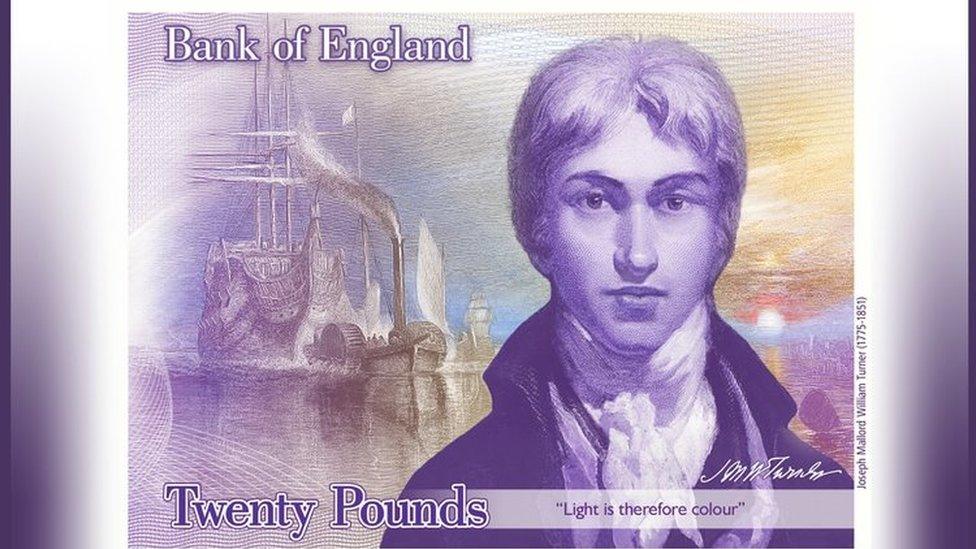
- Published10 February 2016
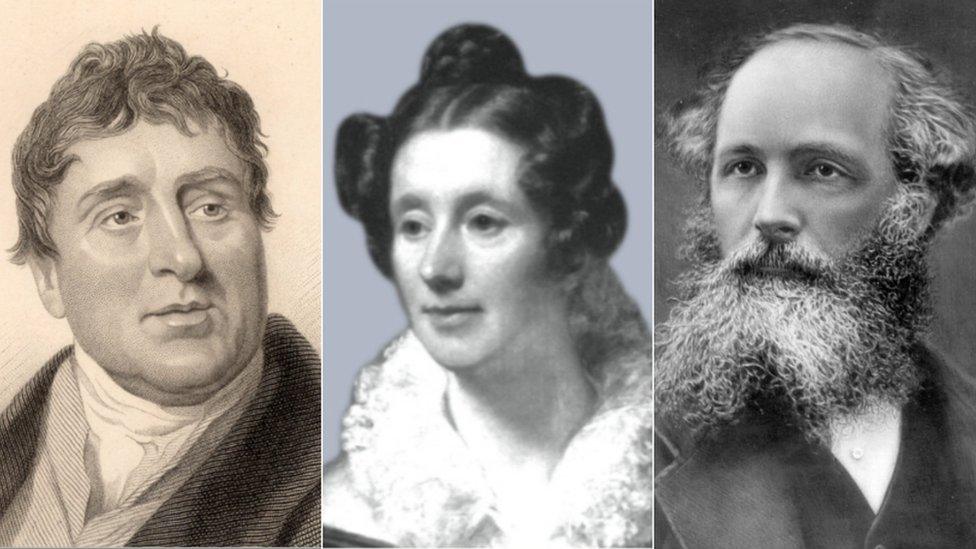
- Published31 January 2016

- Published7 September 2015
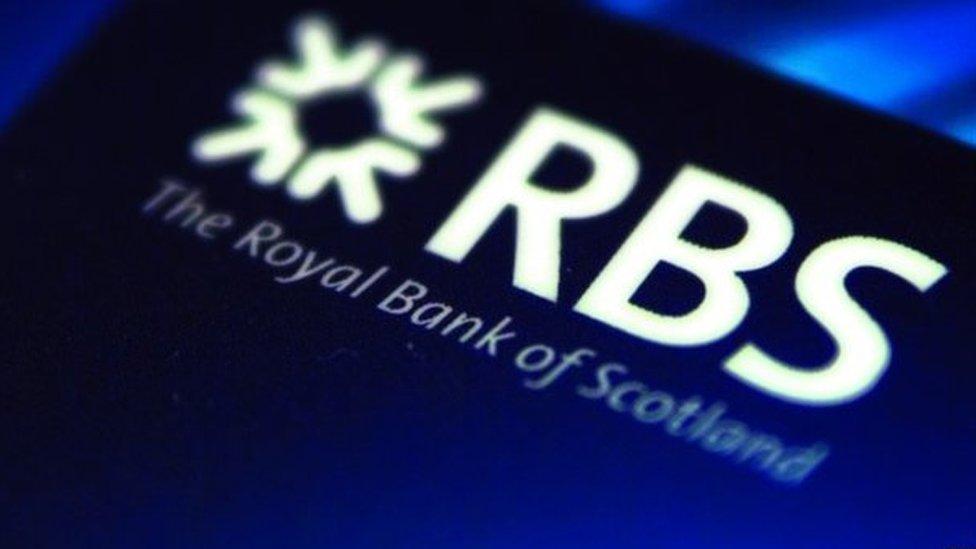
- Published2 December 2014
